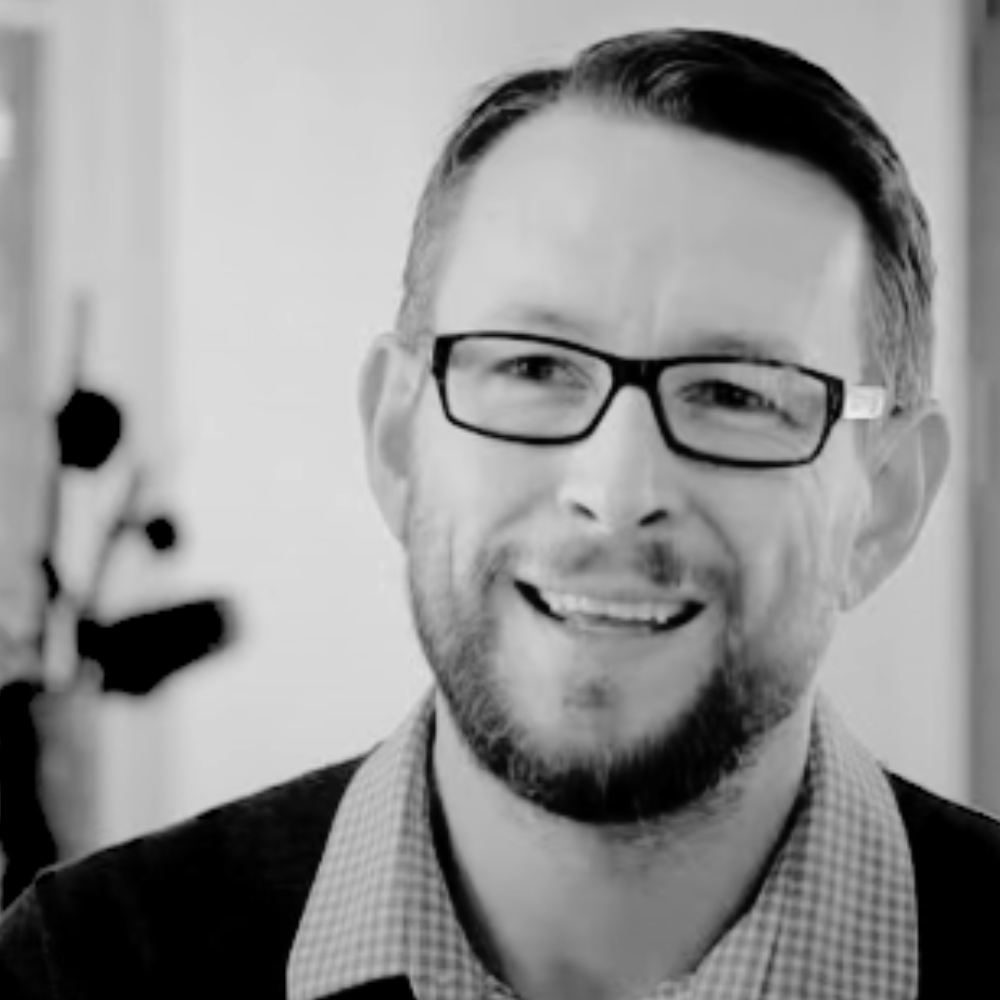Course Summary
This professional learning will take any bored students (and teachers) and introduce them to a whole new world of board(om). Ok, once you have finished groaning... Board games are so much more than Monopoly and chess. The board game has evolved to be a space where puzzles are solved and strategies hidden (or shared). Board games that were never meant for learning offer teachers amazing ways to get stuck into topics or as texts to discuss everything from economics to environmentalism.
This course shares many examples of games and how to incorporate them into your lessons.
You will learn different ways to use board games in a classroom, when to introduce them, how to build questions and reflections from playing them, and the value of returning and repeat play.
You will learn:
- Ways to incorporate board games as tools for engagement, provocation and learning
- The different types of board games that exist and how to utilise this breadth in incorporating board games into your classroom
- Approaches and ideas to selecting and using board games in your teaching
Course time:
About 30 to 45 minutes - perfect for after work or during a spare period. You will have ongoing access via your user dashboard.
Alignment to the Australian Professional Teacher Standards:
This course is mapped to the following Australian Professional Teacher Standards (AITSL). Your completion can be logged as elective PD hours with your state's teaching regulatory authority.
- 2.2 Content selection and organisation
- 3.3 Use teaching strategies
- 3.4 Select and use resources
Save
Course Content

Playful Ideas: Board Games in the Classroom
Course Instructors

Your instructor Hayley Sommeling-Farrugia is an experienced Early Years Educator, Primary School Teacher, and Instructional Designer for Cool. Hayley is an expert at developing content that considers the educational journey from start to finish, as she knows first-hand the experiences, knowledge and challenges of the educators.

Daniel Donahoo's work is driven by play, technology and narrative. An experienced educator and author specialising in books centred around families, media, and technology. He wrote “Idolising Children” and (co-author) “Adproofing Your Kids”. Daniel writes and blogs regularly on the topics of technology, children, education and families.
This course has been designed in consultation with experts in the fields of education and wellbeing.
Frequently Asked Questions
Can I log this PD with my State's teaching authority?
Yes! Our courses are mapped to the Australian Professional Teacher Standards (AITSL), and your completion can be logged as elective PD hours with your state's teaching regulatory authority. To do this, grab your certificate of completion from your personal dashboard once the course is complete.
- 2.2 Content selection and organisation
- 3.3 Use teaching strategies
- 3.4 Select and use resources
How long will this take to complete?
About 30 to 45 minutes - perfect for after work or during a spare period. You will have ongoing access via your user dashboard.
How does it work?
This course is on-demand and for private study. Learn at your own pace and at times that suit you. Get a certificate when you finish. You will have ongoing access.
Is this course accredited?
While this course is not accredited by state teaching authorities, it is mapped to the national Professional Standards for Teachers. This means that you can log this course with your state regulatory authority as elective PD hours.
- 2.2 Content selection and organisation
- 3.3 Use teaching strategies
- 3.4 Select and use resources
Who are the instructors?
This course is designed in consultation with teachers, principals, psychologists, counsellors, scientists, and all manner of experts in the education field.
Cool.org's curriculum team continually reviews and refines our resources to be in line with changes to the Australian Curriculum and best educational practice, so you can be sure your learning is at the cutting edge of education theory.

Welcome back!
Don't have an account yet?
Log in with:
Create your free Cool.org account.
Many of our resources are free, with an option to upgrade to Cool+ for premium content.
Already have an account?
Sign up with:
By signing up you accept Cool.org's Terms and Conditions(Opens in new tab) and Privacy Policy(Opens in new tab).